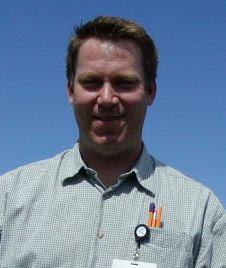
Equity and diversity in education are important themes in education today. Paul Gorski, in defining multicultural education mentions that, “Every student must have an equal opportunity to achieve to her or his full potential” (EdChange Multicultural Pavilion). Linguistic minority students do not have the same internet resources available as English speaking students and may struggle with the technology to locate them. One of my goals with regard to multicultural education is to help close the digital equity gap. EdReform.net lists the five dimensions of digital equity as: Technology resources, quality content, culturally responsive content, effective use of resources and content creation (http://digitalequity.edreform.net/, 2003).With that in mind, I've added a page to my website for Spanish language elementary web resources (https://sites.google.com/a/adams14schools.org/mrfisher/resources). The resources presented on my webpage are intended for students, parents, and teachers of students who speak Spanish. Teachers are constantly searching for quality web resources for their Spanish speaking students and parents frequently ask me for web resources they can access at home to further their children’s learning. The purpose is to consolidate on one page some of the best Spanish language web resources for primary age students. I'd like to solicit your feedback on additional web resources available in Spanish that I could add to this.
References:
Gorski, P. C. (2003). : The Challenge of Defining “Multicultural Education”. EdChange Multicultural Pavilion. Retrieved October 11, 2008 from http://www.edchange.org/multicultural/initial.html
cross posted at http://principianteglobal.blogspot.com/2008/10/digital-equity-for-spanish-speaking.html
References:
Gorski, P. C. (2003). : The Challenge of Defining “Multicultural Education”. EdChange Multicultural Pavilion. Retrieved October 11, 2008 from http://www.edchange.org/multicultural/initial.html
cross posted at http://principianteglobal.blogspot.com/2008/10/digital-equity-for-spanish-speaking.html

